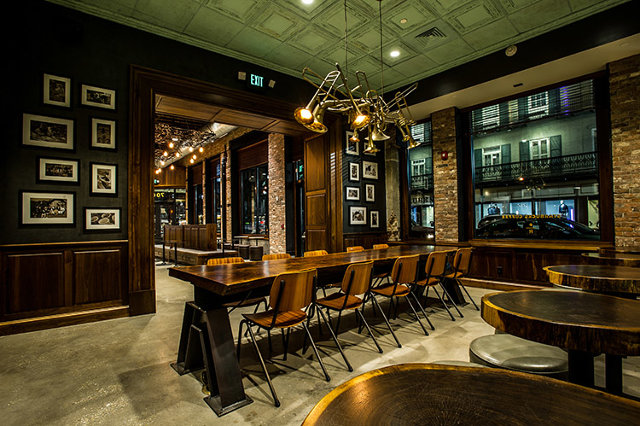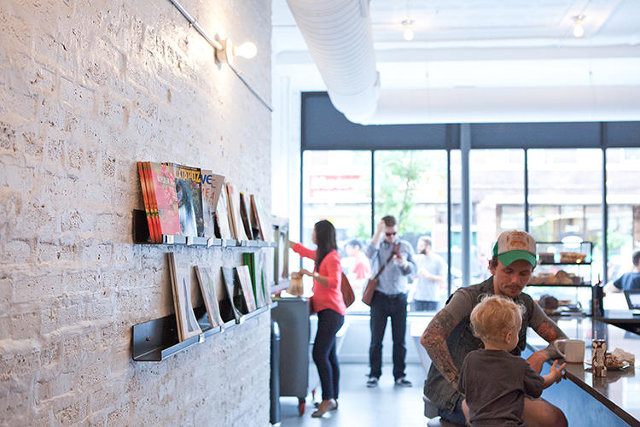Starbucks Channels Old-World Mysticism In New Big Easy Store
THE COFFEE COMPANY EVOKES EARLY 1900S MERCHANT CULTURE FOR ITS LATEST OUTPOST IN NEW ORLEANS'S FRENCH QUARTER.
Starbucks has opened a new store in New Orleans that's designed to channel the mystical feel of the city itself. Evocative of an early 1900s apothecary, the store is latest in Starbucks's portfolio of hyper-local shopsaimed at being part of a neighborhood's culture, rather than disturbing it.
“We discovered New Orleans’s history as an import-export shipping port,” says Andrew Bello, a design director for Starbucks. “There was a time [in the early 1900s] when it was the largest coffee importer in the area.” Bello and his team ran with their imaginations, designing the space as if it were the home and store of an old-timey merchant. Floor to ceiling shelves sit behind the register. Back then, Bello says, “those shelves would be filled with boxes and bags and herbs and spices--and coffee.” Today, of course, they’re stacked with bags of Starbucks coffee.

A mix of local and Atlanta-based artists created a mural, wrought iron chandeliers, and a hanging mobile of brass jazz instruments. The details were deliberately handcrafted--right down to the lettering on the bathroom door--in part because the new outpost belongs to a growing portfolio of stores that have what Bello and Starbucks designers call, “local relevance.”
The philosophy behind “local relevance” is that a trip to Starbucks can be a more faceted experience than just getting a reliable cup of coffee. Even simple actions like a customer posting a picture of the store to Instagram, or actually telling a friend about a visit to Starbucks, are measurements of this. “Hopefully customers discover something new when they return to the store,” he says.

Put differently: Starbucks isn’t interested in being the McDonald’s of coffee.
Instead, Bello wants to take advantage of the high-traffic, high-profile location. “Everyone that goes to New Orleans is going to walk down that street. It bifurcates two parts of the city: the downtown business district, and the gentrifying warehouse district.” The goal? Let tourists be on vacation, and make locals feel at home, all in one place.


